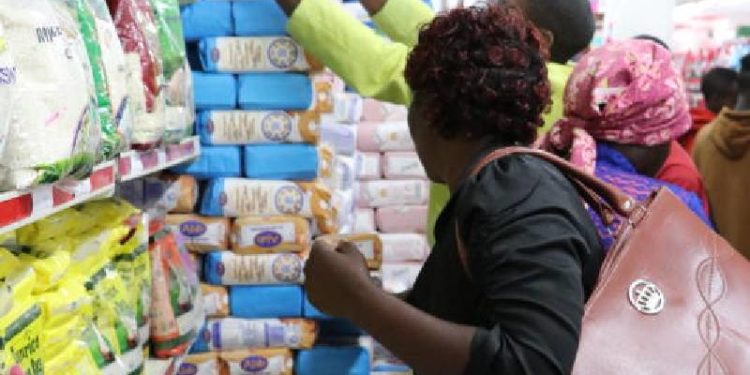The Kenya National Bureau of Statistics (KNBS) has reported a decline in the country’s inflation rate, which stood at 6.6% year-on-year in December, down from 6.8% in November. According to KNBS, Transport, housing and utilities, and food were major contributors to the nation’s year-on-year inflation.
Kenyan consumer prices rose at the slowest pace in almost two years in December, while economic growth accelerated more than expected in the third quarter, delivering relief for the struggling economy.
Gross domestic product expanded 5.9% in the three months through September from a year earlier, ahead of the central bank’s forecast of 5.6% and the fastest pace since the start of 2022.
According to the bureau’s report, the rise in inflation was primarily due to increases in the prices of commodities including transport (11.7%), housing, water, electricity, gas, and other fuels (8.3%), and food and non-alcoholic beverages (7.7%) between December 2022 and December 2023.
The Housing, Water, Electricity, Gas, and Other Fuels’ Index saw a 0.4% increase between November 2023 and December 2023, driven by rising electricity prices for 200 kWh and 50 kWh by 1.0% and 1.2%, respectively. The price of a liter of kerosene dropped by 2.0% during the same period.
Despite a decrease in petrol and diesel prices by 2.3% and 1.0%, respectively, between November 2023 and December 2023, the Transport Index still saw a 0.5% increase during that time. This was mainly attributed to higher country bus fares on certain routes.
However, the food inflation index rose by 0.3 percent in the review period, compared to an increase of 0.4 percent observed between October and November 2023.
The price of a two-kilogram packet of sifted maize flour—critical for the preparation of ugali, which is a staple in most Kenyan households—dropped by 14.9 percent to retail at an average of Sh155.07 from Sh182.14 in December last year.
Retail prices of fortified maize flour, loose maize grain, and loose maize flour also dropped by 14.4 percent, 9.1 percent, and eight percent, respectively, the latest data from the statistics office shows.
The Consumer Price Index (CPI) and inflation rates are generated through monthly surveys of retail prices, targeting a representative basket of household consumption goods and services. This data is collected during the second and third weeks of each month from a sample of outlets located in 50 data collection zones across the country.
Though it seems like a positive indicator, Kenyans continued to grapple with higher prices of electricity and fuel, though month-on-month, pump prices of petrol and diesel dropped by 2.3 and 1 percent, respectively.


















